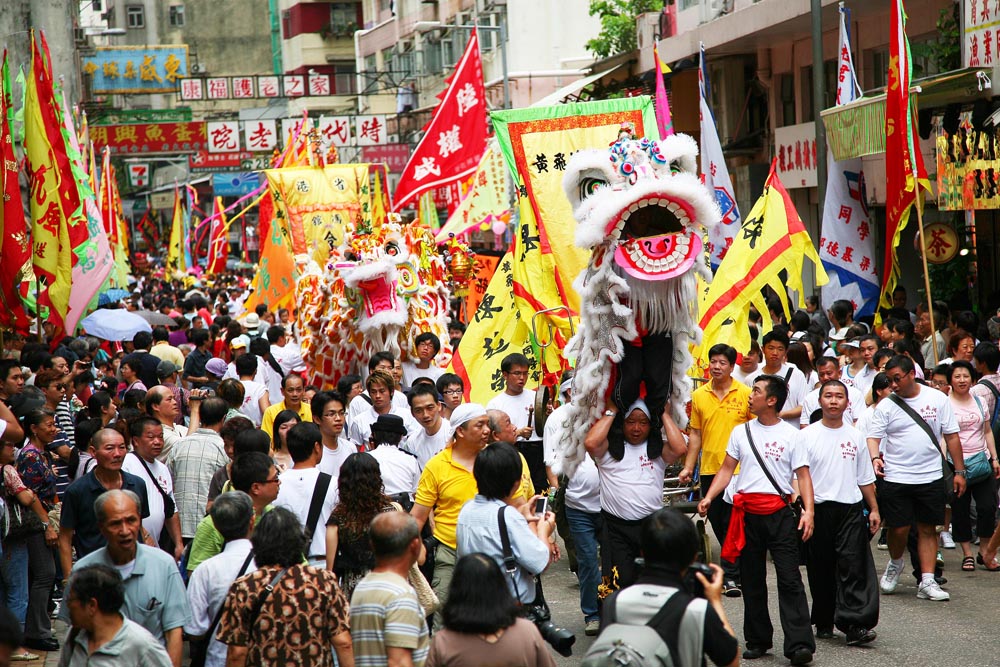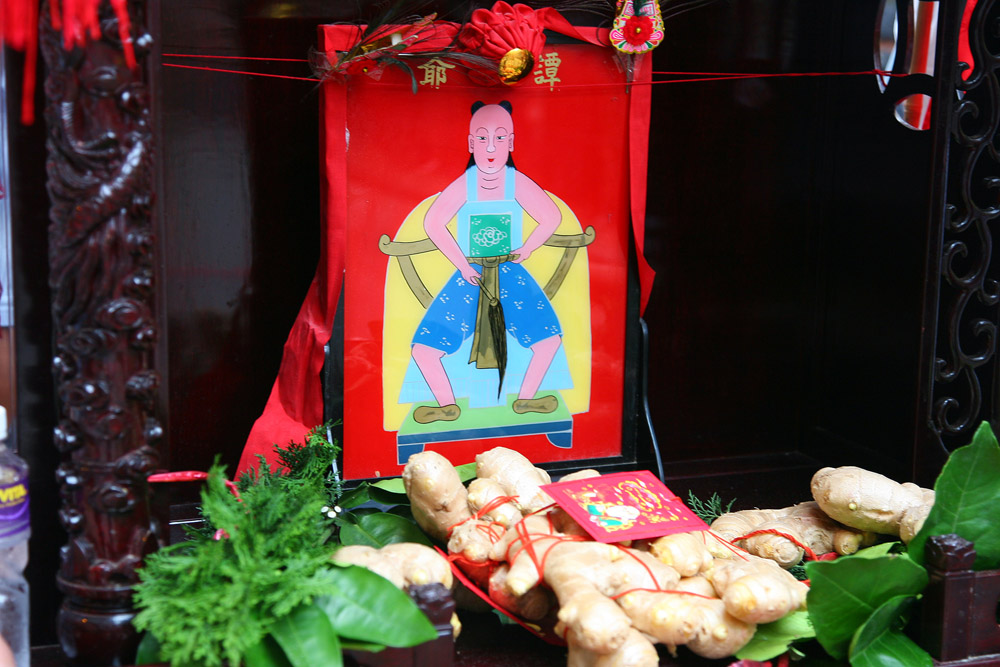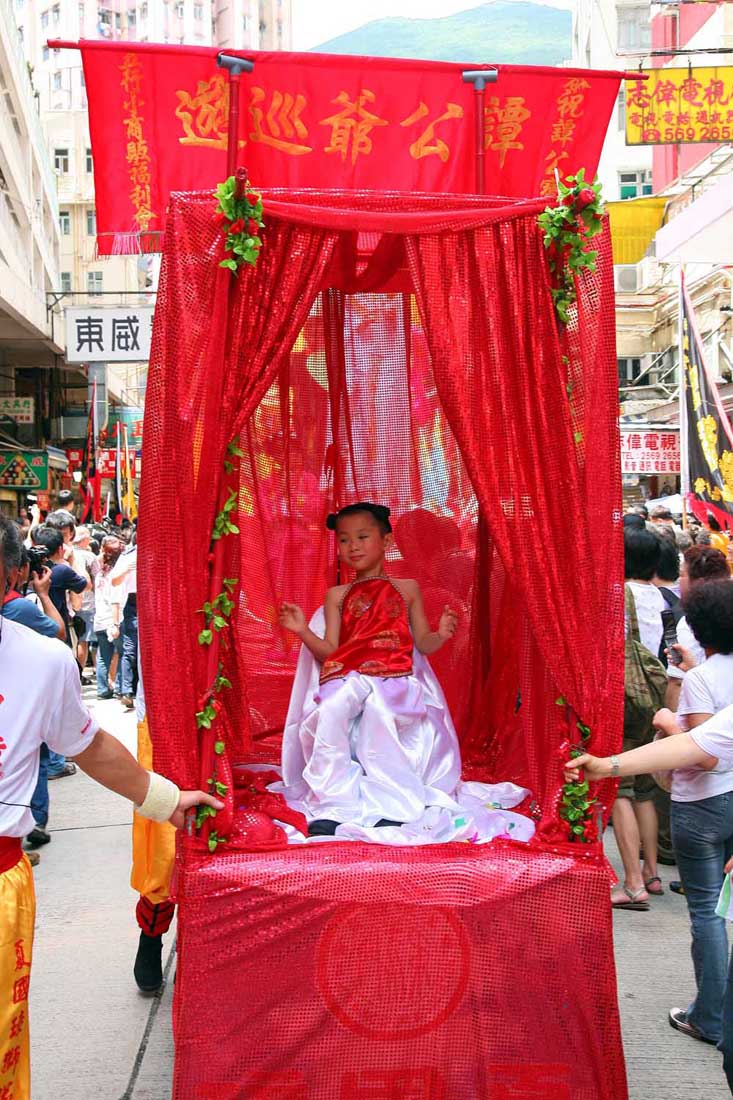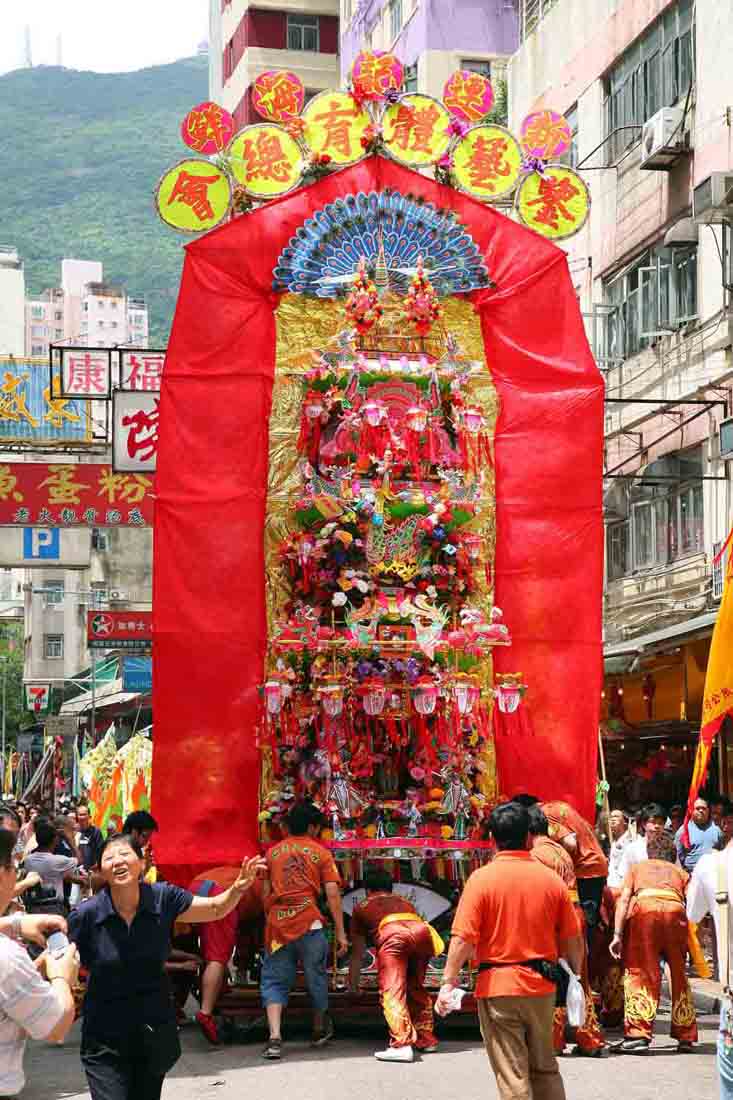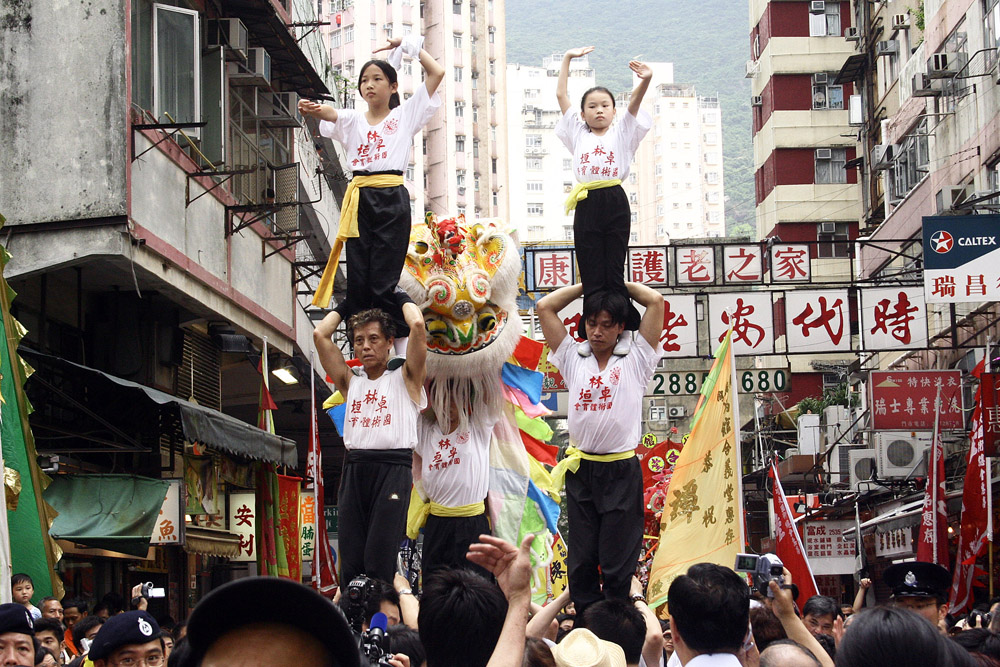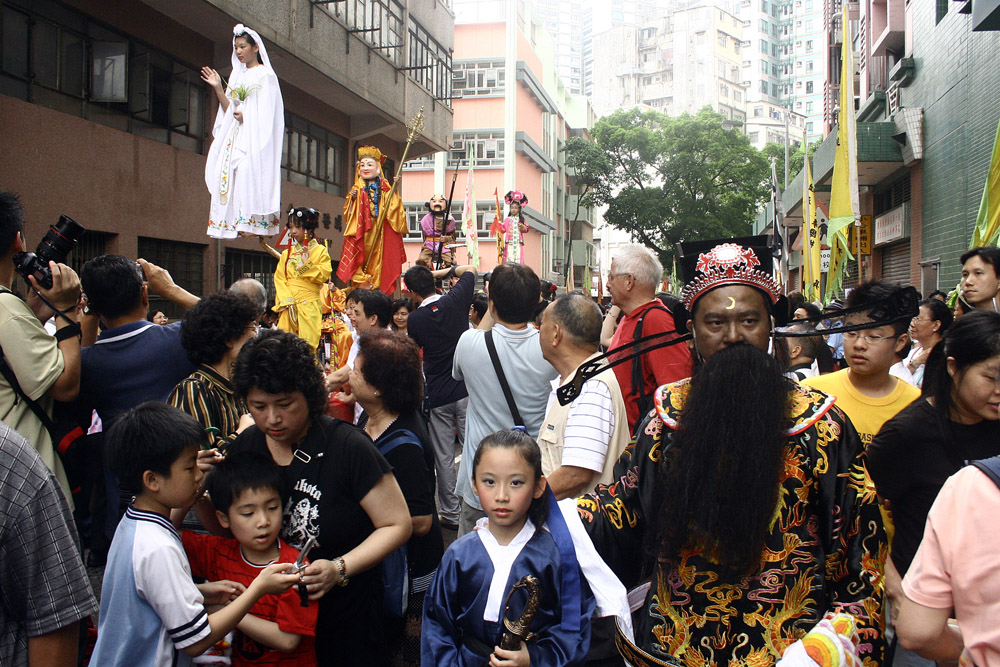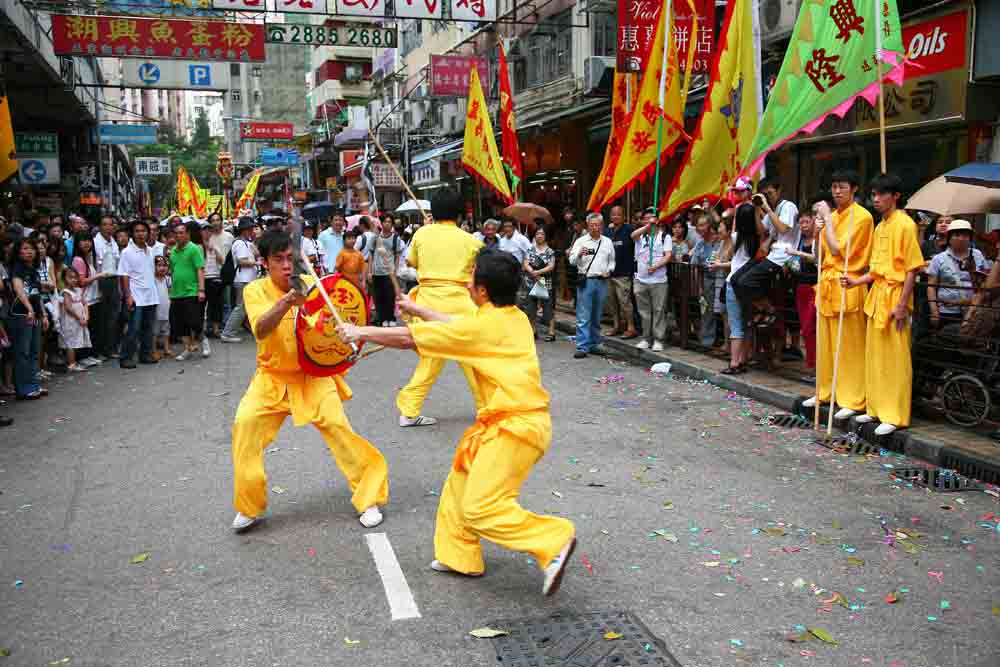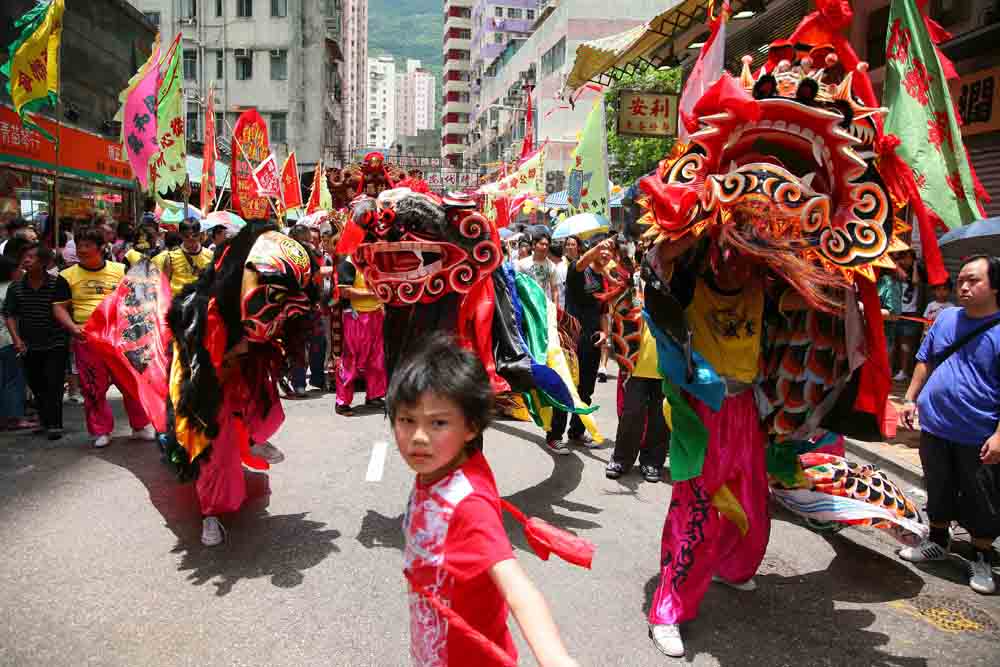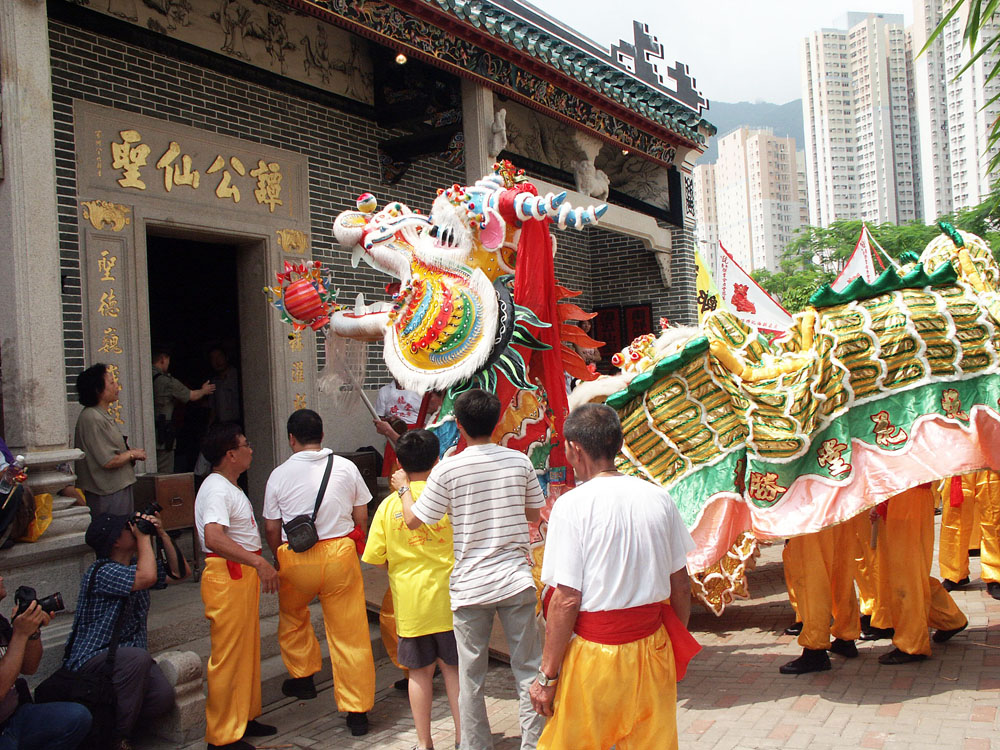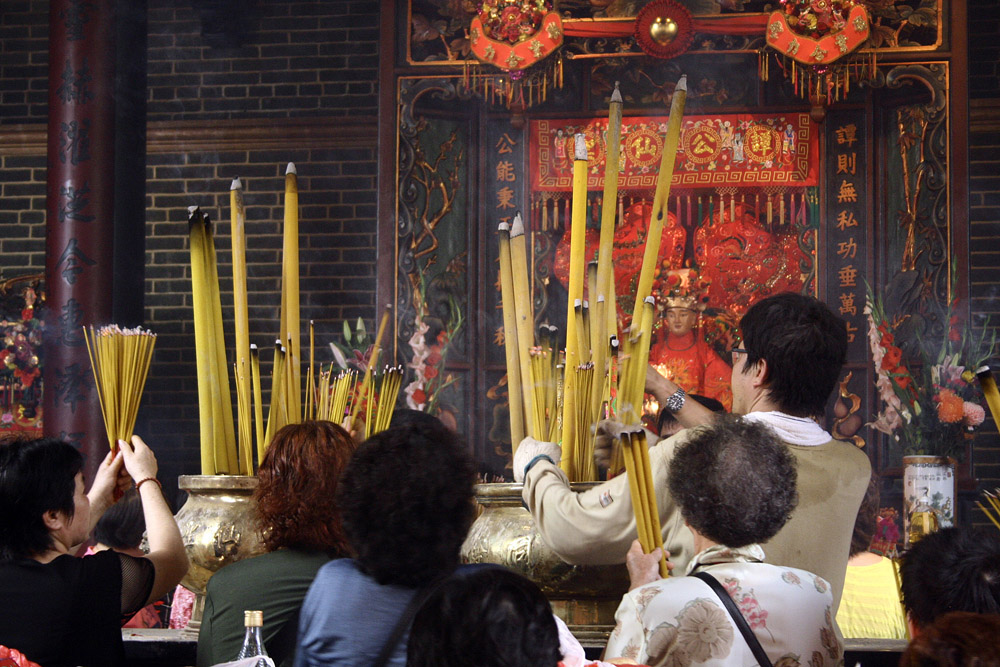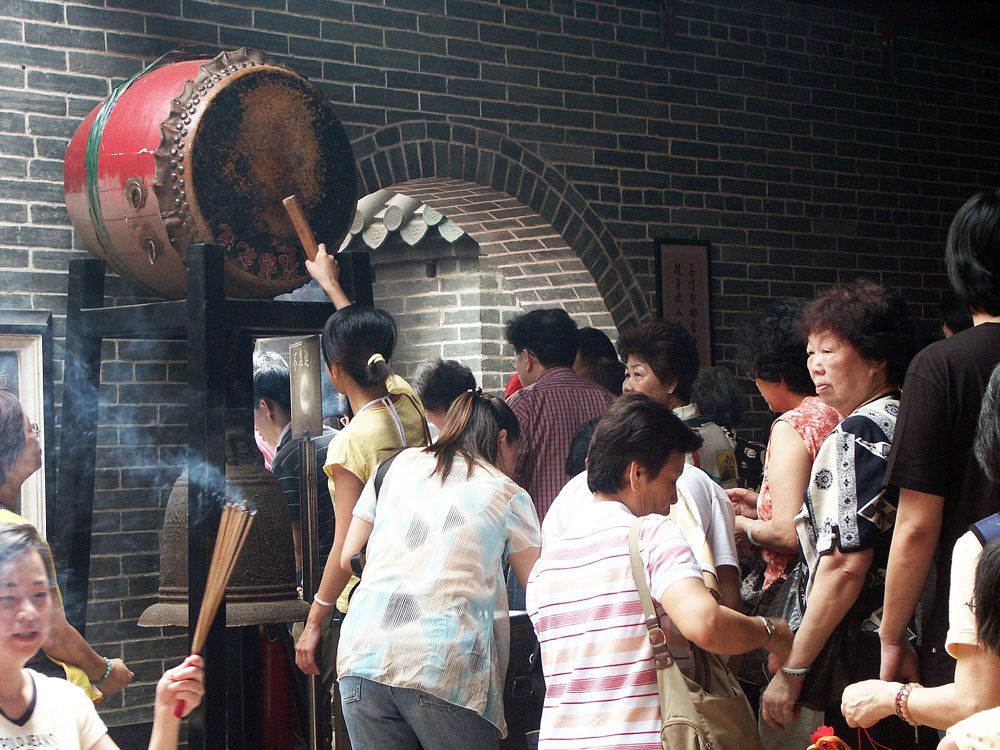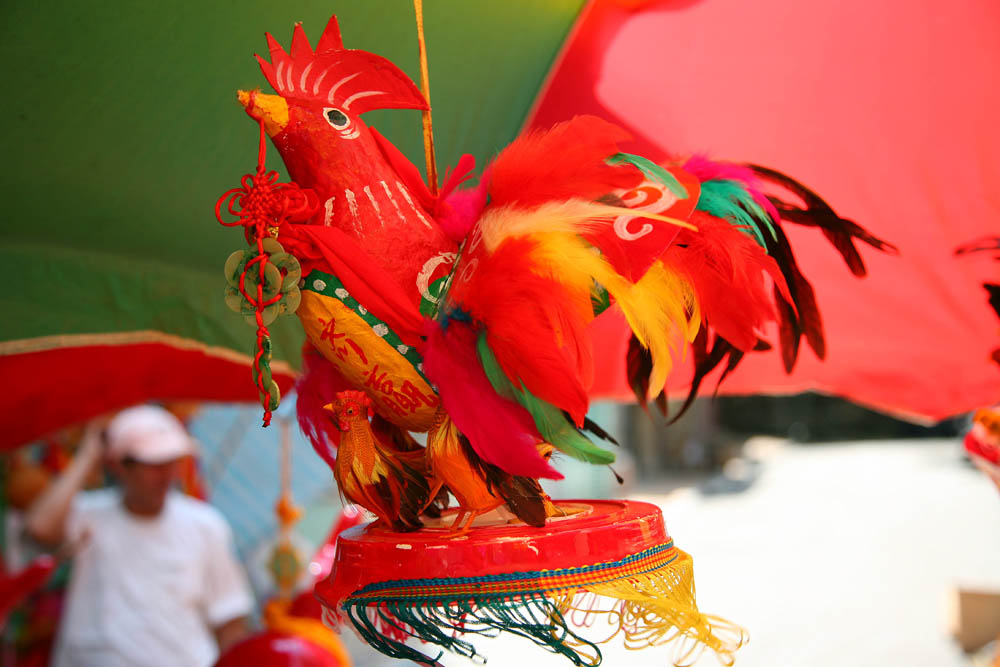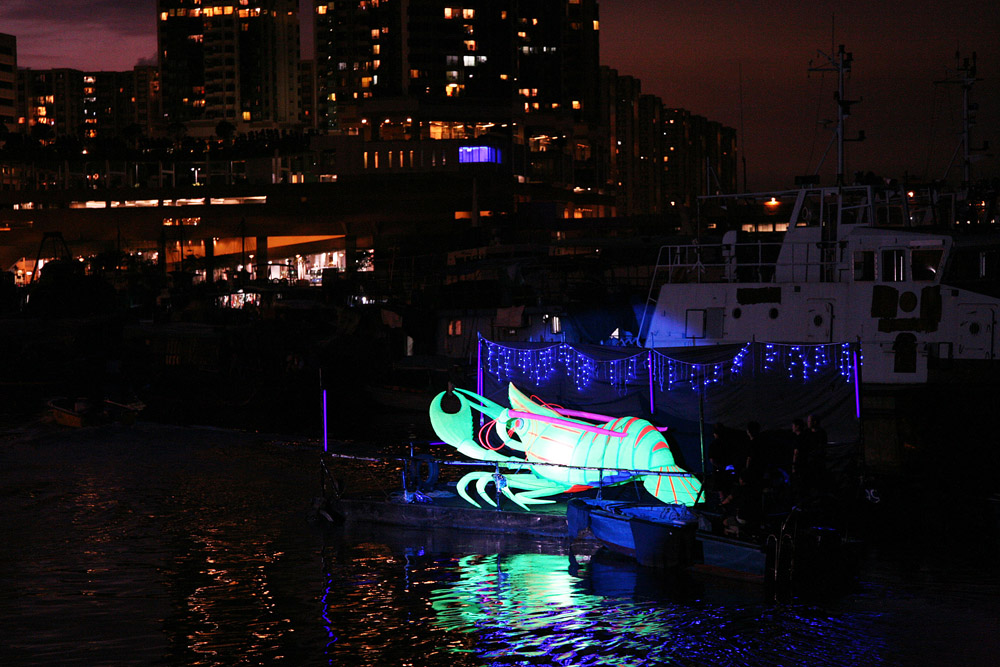-
History & Society
- Education in Pre-war Hong Kong
- History of Taikoo Sugar Refinery
- Hong Kong Products Exhibition
- Local Festivals Around the Year
- Post-war Industries
- Pre-war Industry
- The Hong Kong Jockey Club Archives
- Tin Hau Festival
- Memories We Share: Hong Kong in the 1960s and 1970s
- History in Miniature: The 150th Anniversary of Stamp Issuance in Hong Kong
- A Partnership with the People: KAAA and Post-war Agricultural Hong Kong
- The Oral Legacies (I) - Intangible Cultural Heritage of Hong Kong
- Hong Kong Currency
- Hong Kong, Benevolent City: Tung Wah and the Growth of Chinese Communities
- The Oral Legacies Series II: the Representative List of the Intangible Cultural Heritage of Hong Kong
- Braving the Storm: Hong Kong under Japanese Occupation
- A Century of Fashion: Hong Kong Cheongsam Story
Geography & EnvironmentArt & Culture- Calendar Posters of Kwan Wai-nung
- Festival of Hong Kong
- Ho Sau: Poetic Photography of Daily Life
- Hong Kong Cemetery
- Sketches by Kong Kai-ming
- The Culture of Bamboo Scaffolding
- The Legend of Silk and Wood: A Hong Kong Qin Story
- Journeys of Leung Ping Kwan
- From Soya Bean Milk To Pu'er Tea
- Applauding Hong Kong Pop Legend: Roman Tam
- 他 FASHION 傳奇 EDDIE LAU 她 IMAGE 百變 劉培基
- A Eulogy of Hong Kong Landscape in Painting: The Art of Huang Bore
- Imprint of the Heart: Artistic Journey of Huang Xinbo
- Porcelain and Painting
- A Voice for the Ages, a Master of his Art – A Tribute to Lam Kar Sing
- Memories of Renowned Lyricist: Richard Lam Chun Keung's Manuscripts
- Seal Carving in Lingnan
- Literary Giant - Jin Yong and Louis Cha
-
History & SocietyGeography & EnvironmentArt & Culture
-
View Oral History RecordsFeatured StoriesAbout Hong Kong Voices
-
Hong Kong MemoryLocal Festivals Around the YearRecently Visited
Tam Kung Festival
-
8th day of the 4th month of the Lunar Calendar
Tam Kung Festival is on the same day as the Buddha’s birthday, and enjoys the benefit of a public holiday which on one hand allows believers to bring incense to the Tam Kung Temple, and on the other draws the public to the Tam Kung Festival Parade at Shau Kei Wan. Shau Kei Wan Main Street East, busy on an ordinary day, is positively packed on the morning of the 8th of the 4th Lunar Month. The lion and dragon dance teams march towards the Tam Kung Temple by the harbour front, dancing and sounding gongs and drums to the cheers of the onlookers.
-
Tam Kung in person
Who is Tam Kung? There are different versions of the folklore. According to the Chinese Temples Committee, Tam Kung is originally named Tam Qiao, and was born in Guishan of Huidong County in Yuan Dynasty(presently Huizhou County of Guangdong). He gained passage to the heavenly way at the age of 12, and possessed the power to call wind and rain and heal the sick, and was thus revered as a deity. His power to predict the weather won him the trust of the fisherfolk. In the past, Sau Kei Wan was a fisherfolk community, and the stonecutters from Hui and Chiu Counties also came here to quarry stone; the Tam Kung Temple built in 1905 was the place where they paid their homage.
-
Festivities
The past Tam Kung Festivals at Sau Kei Wan featured opera and floral tribute scrambling activities. The residents organized a deity parade in 1961 during the cholera outbreak, but the festivities have diminished since. In the mid-1990s the festival saw a revival, helped along by the public holiday of Buddha’s Birthday, which allowed a growing number of the public to join the festivities. The organizers come up with new activities every year featuring different performing organizations hoping to elicit public interest and bring thriving business to the eateries in the district.
-
The Tam Kung Festival Parade has evolved into the largest festivity of Sau Kei Wan District. The parade is overseen by two organizers which begin their parades near Shing Wong Temple at different hours, each bearing unique features. In 2003, parade-in-the-air elements were added; in 2006 boys impersonating Tam Kung joined the parade; 2007’s parade featured artistic roller skating performances, which incorporated western elements into the Chinese festival. In 2010, on the eve of the Tam Kung Festival, the organizers organized the first “Parade on the Water” and revived the god-worshipping plays, and drove the festivities to a new height.
-
Martial arts showcase
Every festival parade is an opportunity for martial arts or lion dance societies to showcase their specialties. They dispatch dancing lions, kylins, golden dragons and auspicious beasts to pray for the blessings of deities and to demonstrate their capabilities to the district and other societies. It was a martial arts showcase with different schools of marital arts coming together at one place.
In the Tam Kung Festival Parade, one sees certain martial arts societies performing their specialties including double or even triple shoulder stand, and lion dancing on top of a bamboo pole. Some groups even dispatch disciples to perform kung-fu or spar using weapons, turning the religious parade into a martial arts carnival.
-
Performance by auspicious beasts
In the parade one also sees all manners of auspicious beasts. There are numerous types of southern lions, for example the red-and-black “General Kwan” lion, the black-and-white “General Zhangfei” lion, the Hakka kylin, the Hoklo golden lion, and the Nixiu. The same auspicious beast gains different interpretations between different ethnic groups and schools, and demonstrates the uniqueness of the martial arts of a region. As two auspicious beasts encounter, they meet up in a traditional ritual that involves bodily contact and mutual salutation.
-
An abundance of believers
Some believers also carry their own Tam Kung shrine or large floral tributes as they offer incense at the Tam Kung Temple. They take part in the event in solemn devotion. As one enters the temple, the smoke was pervasive and many queue up to sound the drum immediately after the incense offering to alert the deities.
Sau Kei Wan is a traditional community. Each year many festivities, including numerous Yu Lan Ghost Festivals, are held here. Unlike rural villages, these district festivities are not subsidized or organized by rural committees or village offices, and all funding and arrangements depend on district individuals. Even then, the festivities are colourful and popular, allowing the folk tradition to live on.
Copyright © 2012 Hong Kong Memory. All rights reserved. -






